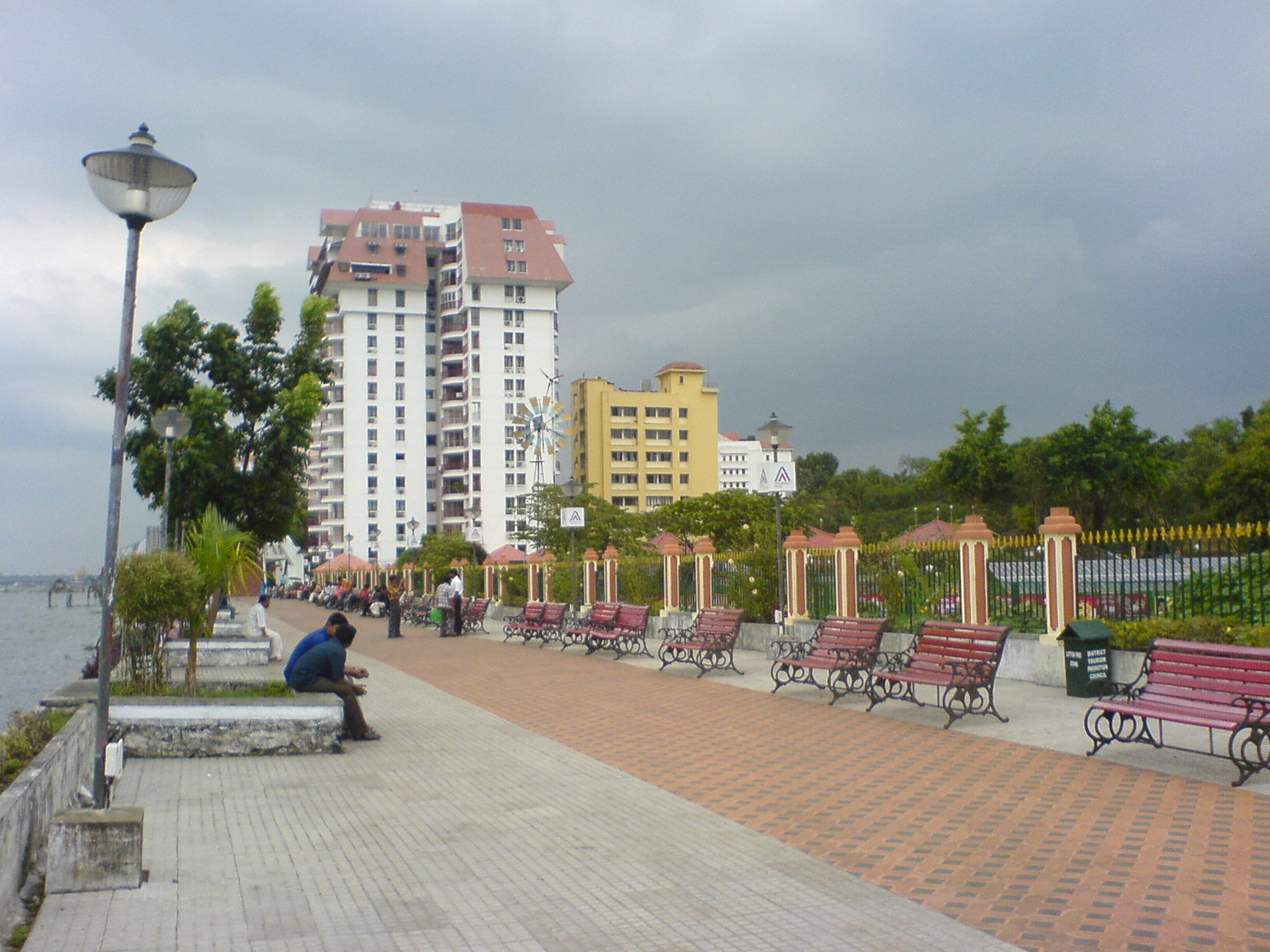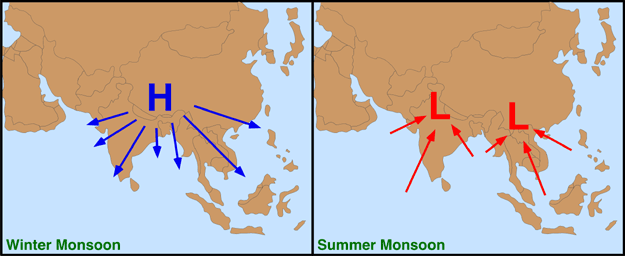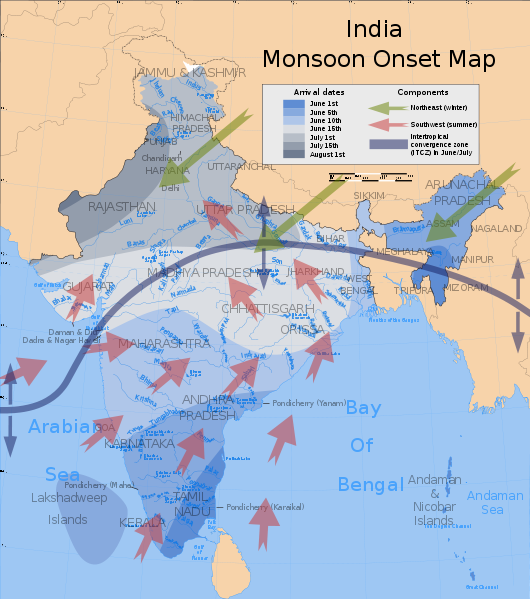05.25.10
World Wide Weather #4: Kochi, India
After taking a 6-week break in my global weather and climate series, in order to focus on work and posts on storm chasing, I’m finally coming back to the series.
Here’s what continents I’ve done so far (my goal was to pick a different continent each week, cycling through all seven for as long as there is interest in the series).
#1 – Australia (Perth, Australia)
#2 – Europe (Edinburgh, Scotland)
#3 – South America (Rio de Janeiro, Brazil)
This week, for the fourth post in the series, I will take a look at Kochi (formerly known as Cochin), India.
Located in southwest India, on the coast of the Arabian Sea, Kochi is home to about 600,000 people (approximately 1.5 million in the metro). Kochi, sometimes known as the “Queen of the Arabian Sea”, has long been one of the most important spice trading centers on the Arabian Sea. As the first European colonial settlement in India, Kochi was the capital of Portuguese India for nearly 30 years in the early 16th century. Growth in shipping industries, tourism, and information technology have continued to boost Kochi’s economic growth.
A few more facts about Kochi (from Wikipedia; some weather data from Weatherbase):
- Time zone: India Standard Time (UTC+5:30)
- Elevation: 0 ft above mean sea level
- Climate zone: Tropical monsoon (hot/wet summers, warm/moist winters)
- Average high temperature: 86 °F (30 °C)
- Average low temperature: 77 °F (25 °C)
- Record high temperature: 100 °F (38 °C)
- Record low temperature: 63 °F (17 °C)
- Average annual precipitation: 108 inches (2,740 mm)
The forecast for Kochi this week is thunderstorms every day with highs in the low to mid-80s and lows in the mid- to upper 70s. Why is it so stormy? Note also that Kochi receives over 100 inches of rain per year, and most of that rain comes during the summer months (June to September).
A seasonal shift in winds, resulting in a seasonal shift in precipitation, is called a monsoon.
Put most simply, water has a higher heat capacity than land, so in the summertime, the Indian peninsula heats up more than the surrounding water. This warmer region of air starts to rise (often aided by the Himalayas), creating a low pressure system. The low pressure, in turn, draws the moist air from the sea in towards the land, thus allowing many thunderstorms to form and much rain to fall (see figure below).
In the wintertime, the land cools down faster than the water. A surface high pressure system forms over the land, and blows air out to sea, keeping India drier than it would be otherwise (see figure below).
The following figure illustrates the approximate dates for the southwest summer monsoon to arrive at different regions of India.
As you can see, the monsoon should soon be arriving at Kochi (Kochi is in the state of Kerala). The India Meteorological Department (IMD) posted the following Monsoon Watch last night:
“The Northern limit of Monsoon (NLM) continues to pass through Lat.5.0°N/ Long.70.0°E, Lat.5.0°N/ Long.75.0°E, Lat. 8.0°N/Long. 80.0°E, Lat. 12.0° N/ Long. 84.0°E, Lat. 15.0° N/ Long. 87.0°E, Lat. 18.0° N/ Long.90.0°E and Lat. 21.0° N/ Long. 93.0° E.”
Note that Kochi is located at about 10°N and 76°E, meaning the northern edge of the monsoon is just a few degrees south and east of Kochi at this time.
I have heard some predictions that the monsoon should be getting off to a good, rainy start this year (more so than last year, anyway), especially as there is currently a heat wave going across northern, western, and central India with temperatures peaking at about 50°C (122°F).
Weather Trends International has some information on the monsoon outlook, as well as some maps showing forecast precipitation totals by month.
For more information on Kochi, here’s a link to Wikipedia.
For weather maps and information on current and forecast Kochi weather, see the India Meteorological Department (don’t worry, it’s in English!) or Weather Online UK (great collection of weather maps and models for all over the world).
Next Tuesday I plan to take a look at the climate and weather in another part of the globe. We still have North America, Africa, and Antarctica before starting over again. As always, if you have any comments or suggestions for future cities, please leave a comment on this post!


